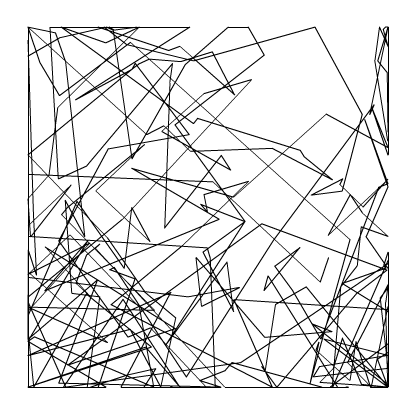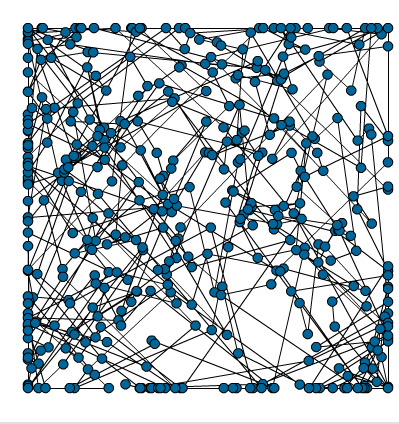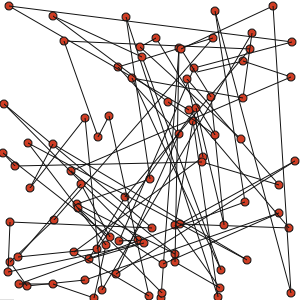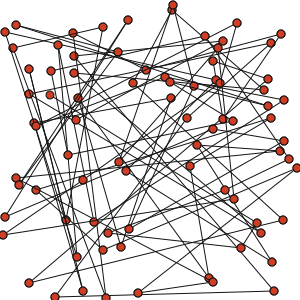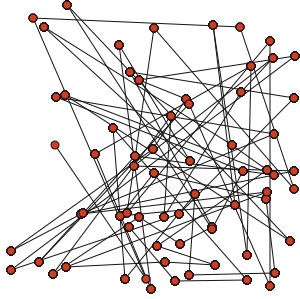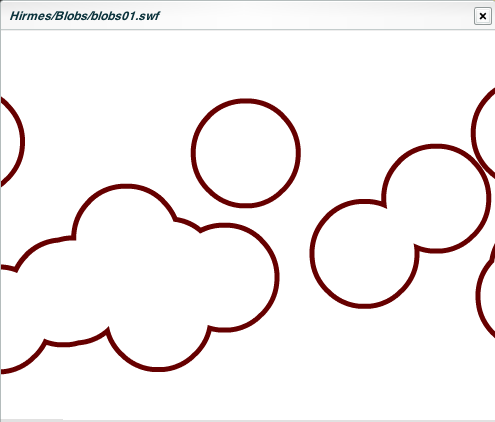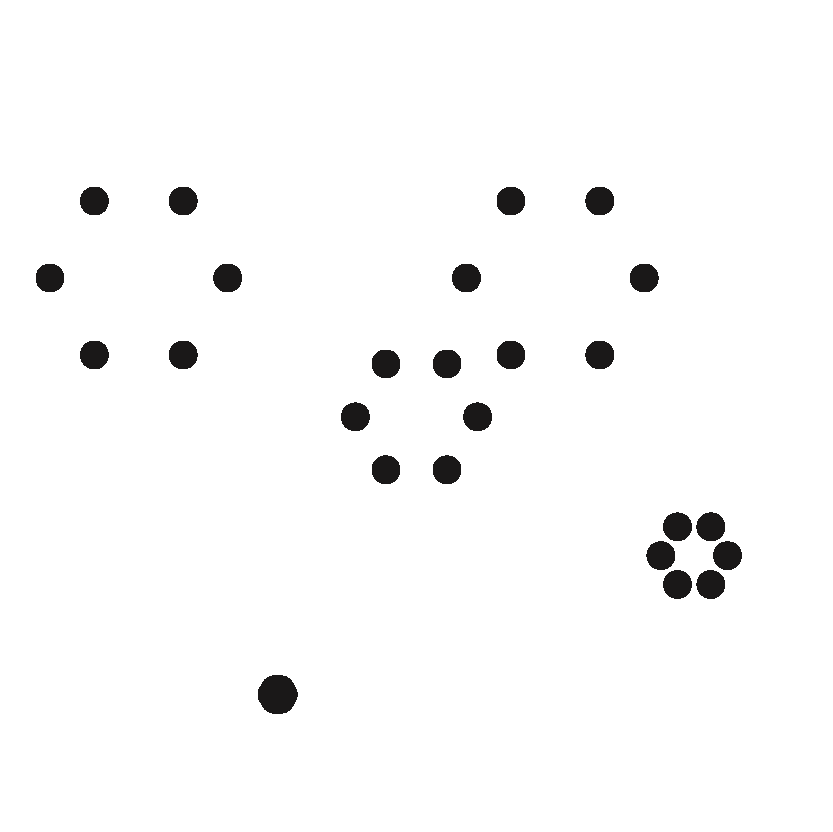2007. 8. 30. 03:29
Code/Processing
//finn interaction test wave
//ref. http://www.shiffman.net/itp/classes/nature/week04_s06/sine/
int xs = 5;
int w;
float th = 0.0f;
float a = 60.0;
float p = 400.0f;
float dx;
float[] y;
void setup(){
size(320,240);
frameRate(30);
colorMode(RGB,255,255,255,80);
smooth();
w = width+8;
dx = (TWO_PI/p)*xs;
y = new float[w/xs];
}
void draw(){
background(0);
calcWave();
renderWave();
}
void calcWave(){
th += 0.02;
float x = th;
for (int i=0; i<y.length; i++){
y[i]=a*sin(x);
x+=dx;
}
}
void renderWave(){
for (int x=0; x<y.length; x++){
noStroke();
fill(255,0,0);
ellipseMode(CENTER);
ellipse(x*xs,width/2+y[x],5,5);
}
}
//ref. http://www.shiffman.net/itp/classes/nature/week04_s06/sine/
int xs = 5;
int w;
float th = 0.0f;
float a = 60.0;
float p = 400.0f;
float dx;
float[] y;
void setup(){
size(320,240);
frameRate(30);
colorMode(RGB,255,255,255,80);
smooth();
w = width+8;
dx = (TWO_PI/p)*xs;
y = new float[w/xs];
}
void draw(){
background(0);
calcWave();
renderWave();
}
void calcWave(){
th += 0.02;
float x = th;
for (int i=0; i<y.length; i++){
y[i]=a*sin(x);
x+=dx;
}
}
void renderWave(){
for (int x=0; x<y.length; x++){
noStroke();
fill(255,0,0);
ellipseMode(CENTER);
ellipse(x*xs,width/2+y[x],5,5);
}
}
'Code > Processing' 카테고리의 다른 글
| stair (0) | 2006.08.11 |
|---|---|
| clock (0) | 2006.06.19 |

